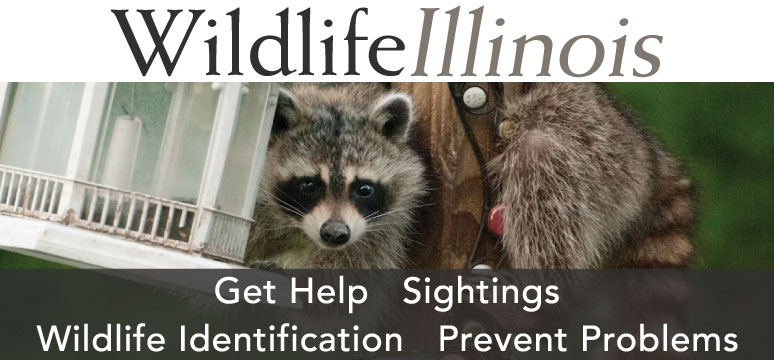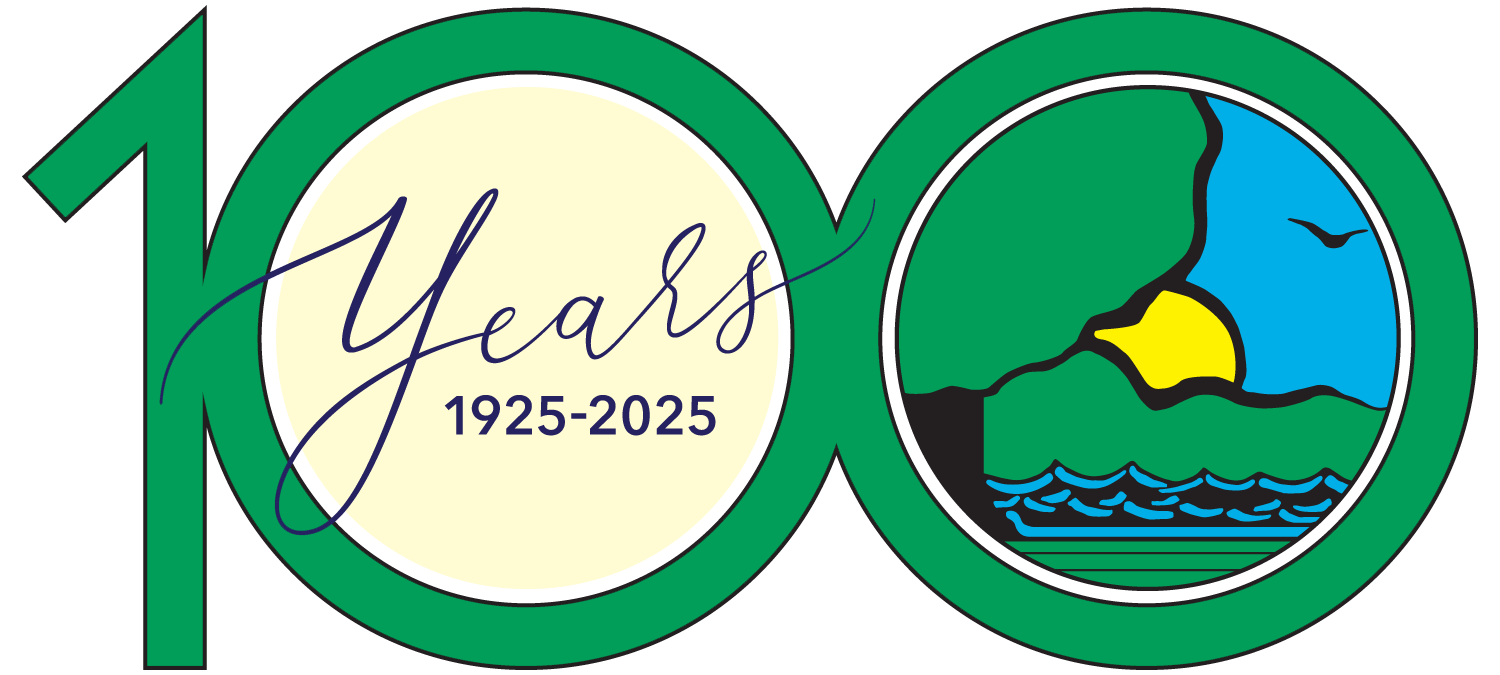
Wild Turkey with multiple beards. Photo by Illinois Department of Natural Resources.



Wild Turkey with multiple beards. Photo by Illinois Department of Natural Resources.
The wild turkey (Meleagris gallopavo) has an estimated 5,000 to 6,000 feathers, and despite the stunning metallic iridescence tom’s cast strutting in the early spring sunlight, it is a cluster of specialized feathers that attracts the sportsman.
Originating from a raised oval of skin known as a papilla are stiff brush-like structures called mesofiloplumes. This cluster of bristles hangs midline from the upper breast and is commonly called the beard. Unlike the thousands of other feathers on a turkey, mesofiloplumes are not molted annually. A small percentage of turkeys possess multiple beards, which is a result of having multiple papillae.
Typically it is the male, or tom, that possesses a beard, and while the purpose is scientifically unproven, many feel that the beard may function to attract females during the spring mating ritual. But, on occasion, a bearded lady enters the scene.
When a hen possesses a beard it typically is shorter and less dense than a tom’s. The number of bearded hens varies between populations, but is thought to be less than 10 percent of all hens. Developing a beard has no effect on a hen’s reproductive ability as bearded hens will successfully breed and rear broods.
Jakes start to grow their beard when less than 3 months of age, and a beard can be seen emerging from the breast feathers three to four months later. Beards grow throughout a turkey’s life, growing an average of 3 to 5 inches a year. By their second year, the tips of the bristles start to wear off.
The bristles of a turkey’s beard normally are strong and black in color as a result of melanin, a pigment produced by the pituitary gland. Occasionally adults have a blonde or reddish beard, or a light band, resulting from a period where melanin is not produced, often signaling malnutrition. Normal coloration returns when the turkey resumes producing melanin. Young birds have reddish or blonde tips that wear off with age.

Beard length is a matter of bragging rights for the turkey hunter—and luckily for the Illinois sportsman, the eastern subspecies (Mealagris galopavo silvestris) typically sports longer beards than the other four subspecies. But beard length isn’t a reliable means of aging your bird (for that you need to measure its spurs). While beards do continue to grow annually, those stiff bristles break easily, not just when there is a nutritional deficit but from normal activities such as feeding, fighting or escaping a predator.
Interested in learning about record beards? The National Wild Turkey Federation maintains a database of typical and atypical (multiple beards and more than two spurs) harvested turkeys, including records of beards in the 20 inch range.
Kathy Andrews Wright retired from the Illinois Department of Natural Resources where she was editor of OutdoorIllinois magazine. She is currently the editor of OutdoorIllinois Journal.
Submit a question for the author